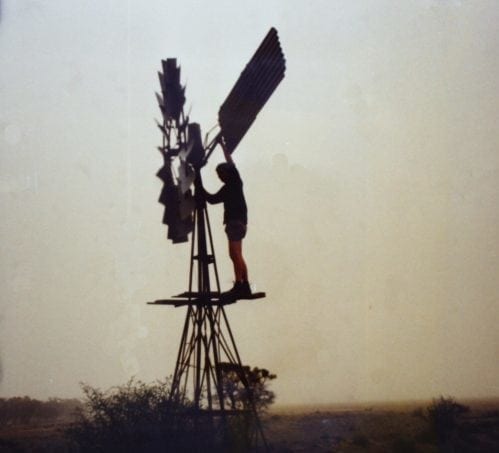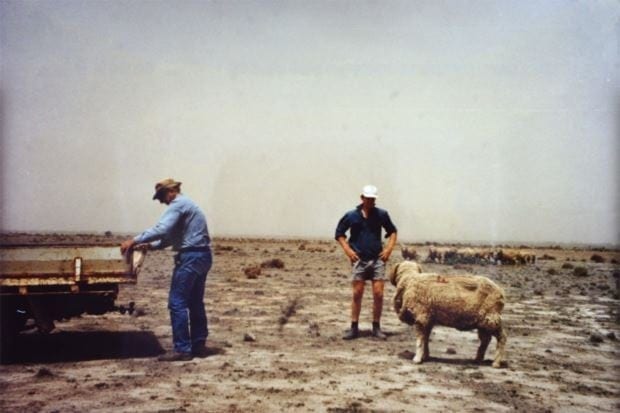
26 Jul CASH FLOW SURVIVAL TIPS FOR DROUGHT RESILIENCE
It was almost transformational to witness primary producers focus on moisture management during the millennium drought. Drought pens for feed lotting were constructed, sileage pits re established and discipline around bailing crops for fodder became an alternative income stream.
Technology is certainly playing its part in trimming operational input costs and yield efficiencies, but the realities of a tight season are all too real and tangible. Business overheads are fixed in a cycle of declining revenue. More aggressive tactics and strategies need to be applied for a higher impact.
So what further extensions can be applied to preserve cash and profitability when lean times are playing out?
 (Bill and Ian Robinson: 1993 drought Riverina)
(Bill and Ian Robinson: 1993 drought Riverina)
Here are THREE less renowned but high impact recommendations for consideration.
- Plant and equipment have an effective life that depreciate. They are tools of trade and their economic return is measured by the overarching financial value they bring to the business over their effective life. There is no real business value in building equity in plant and equipment that will ultimately depreciate away. If there are chattel mortgage terms that are quite aggressive and you are paying good capital in plant, then consider breaking and extending the terms to match the effective life / valuation of the asset. This will preserve cash flow for more critical commitments within the business.
- Critically examine the cost of your debt. This is not a call to action to ring the bank and ask for drop in your rates, but to review the credit profile of your business to see if you deserve a better rate. The interest rate you pay should be a reflection of your credit risk which is a summation of key characteristics of performance, management and governance. Banks are not obligated to provide you with this rate nor do you as a borrower know what this rate should be. Having the right conversation with the right people can quickly ascertain whether there are material benefits to exploring this avenue further. Key point here is to act ahead of the curve and review your position before the impact of the drought feeds into the financial performance of the business. If timing allows, strike in a position of strength, not defence.
- Aggressive destocking via livestock sales could trigger a tax event, right when you least need it. The power of depreciation tax benefits in reducing tax commitments (and hence cash flow) cannot be under estimated given the non-cash element of the tax benefit. One area that has been generally overlooked is the depreciation benefits that come with a farm when it is purchased (or transferred into a new entity). All the man-made infrastructure (sheds, fences, yards, cottages etc) can be depreciated. Even if the event happened 10 years ago, there is capability of back dating 2 -4 years with the ATO and recoup these benefits as well as all the residual benefits going forward.


